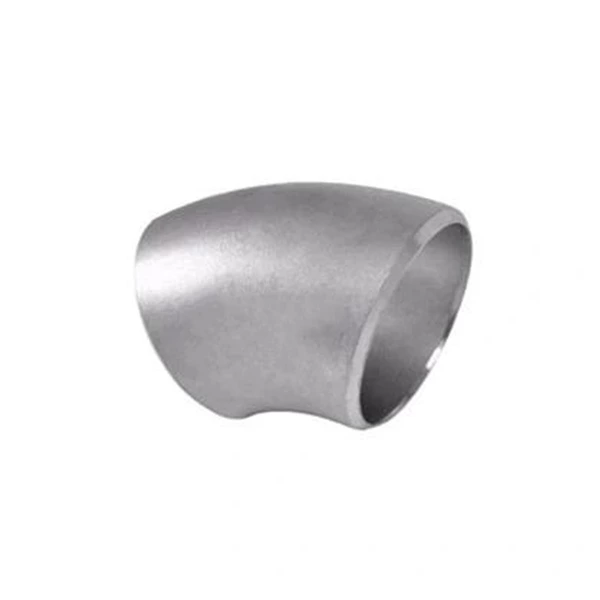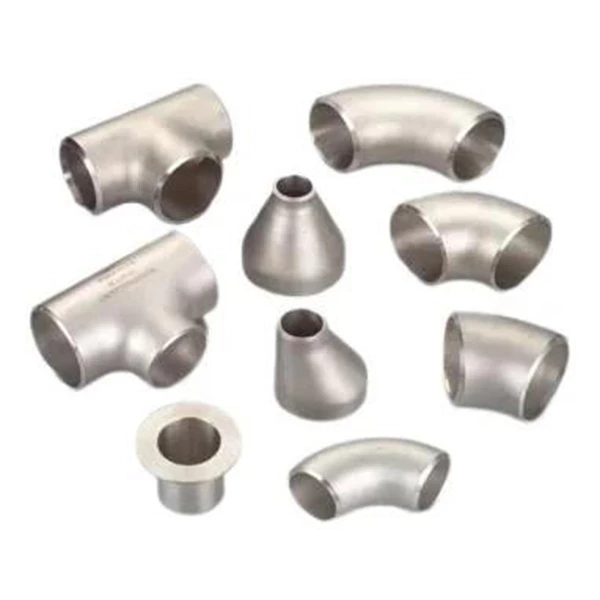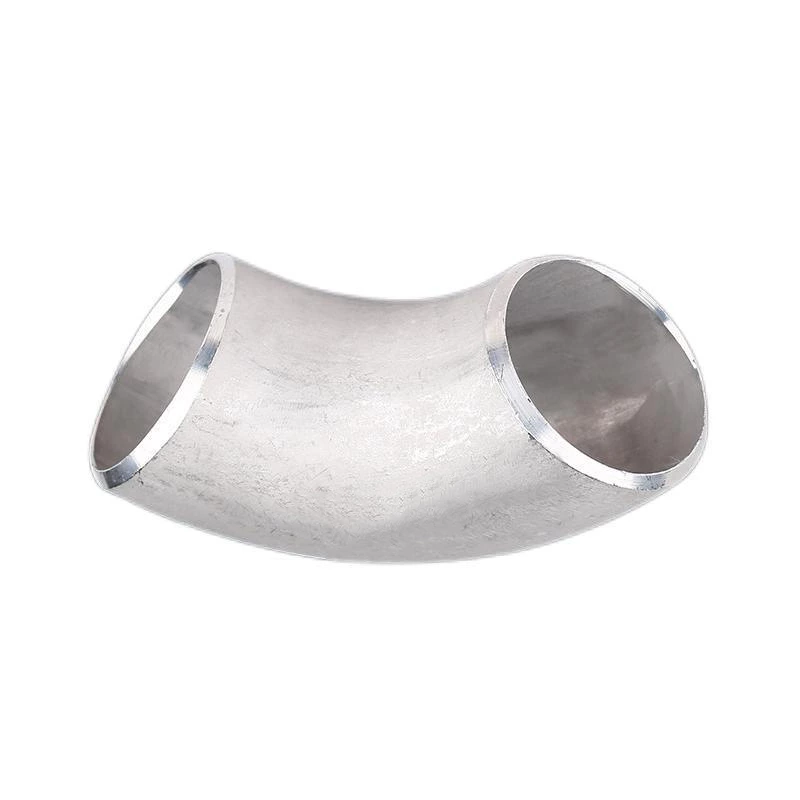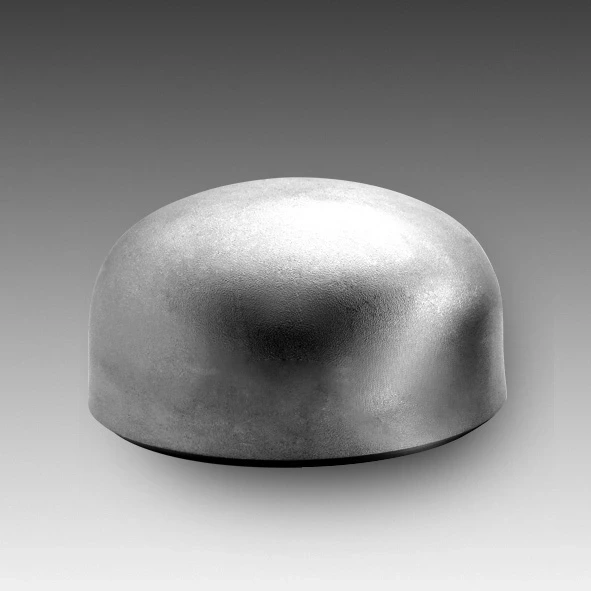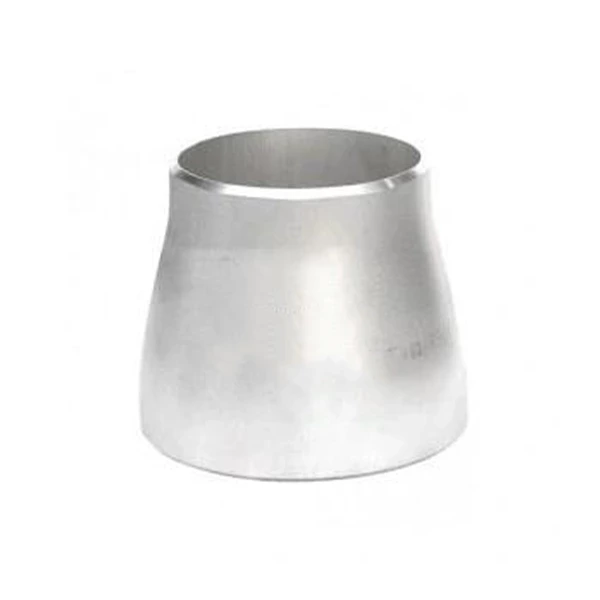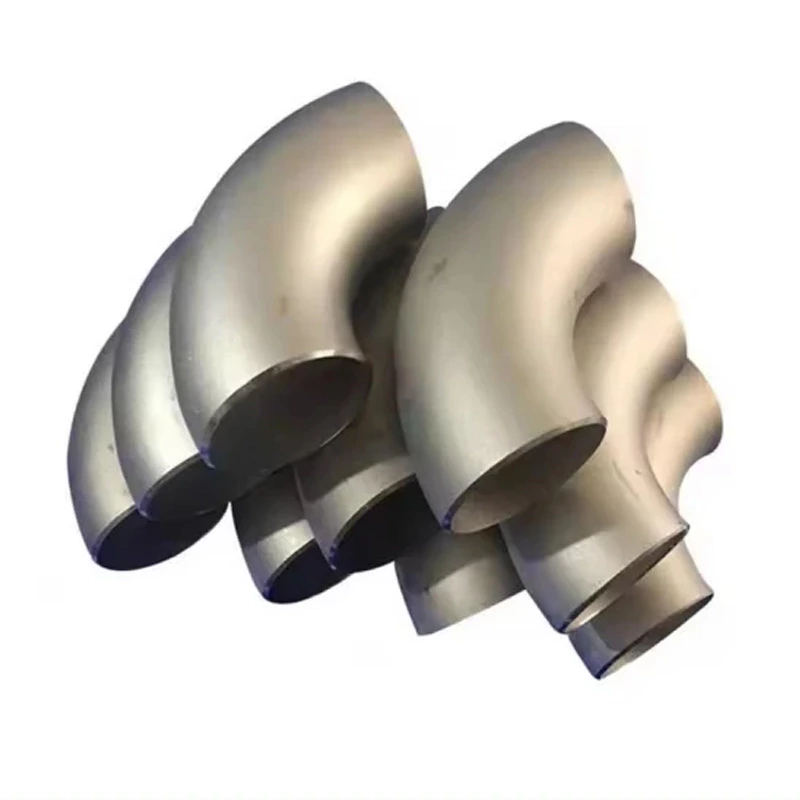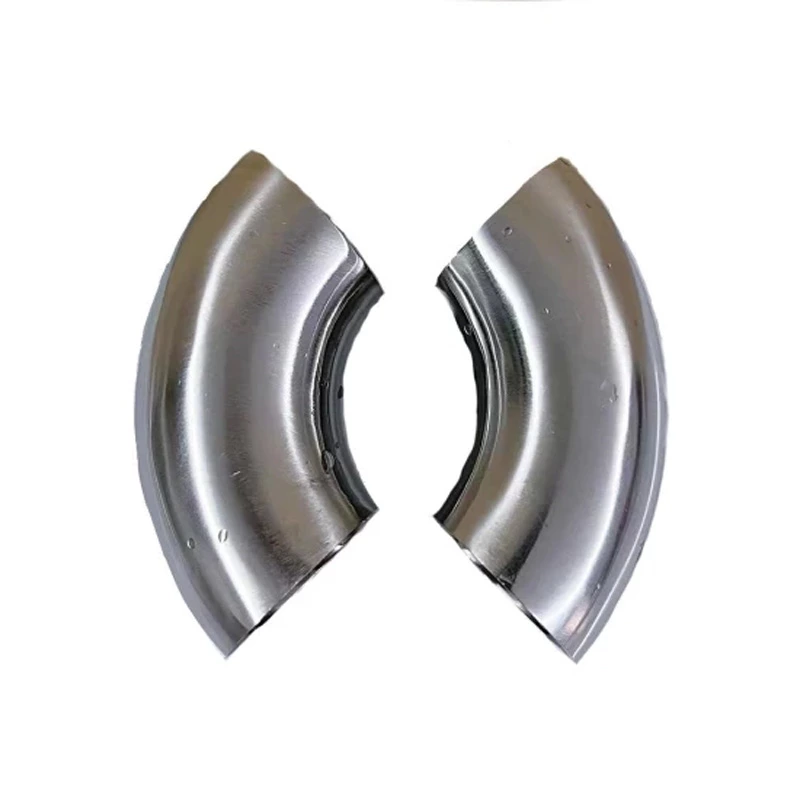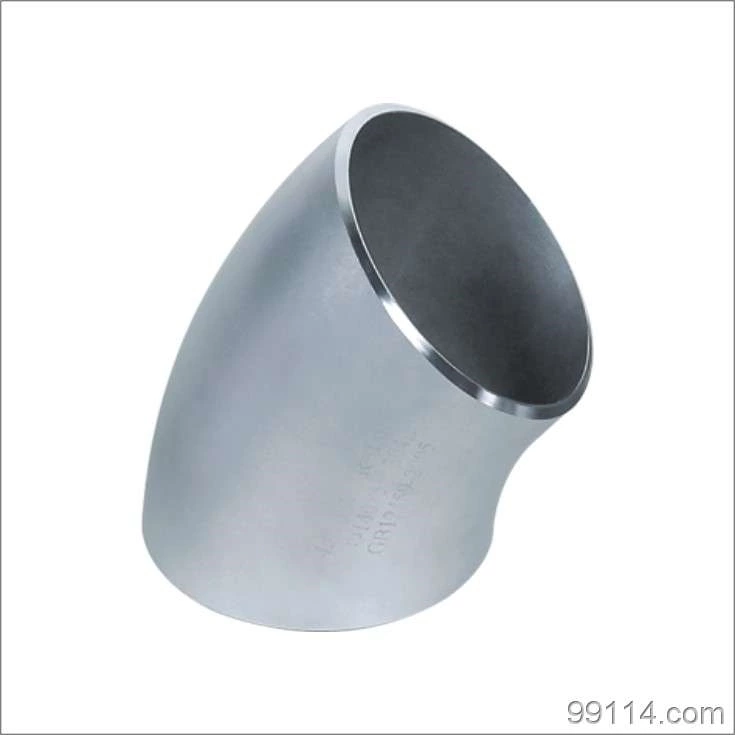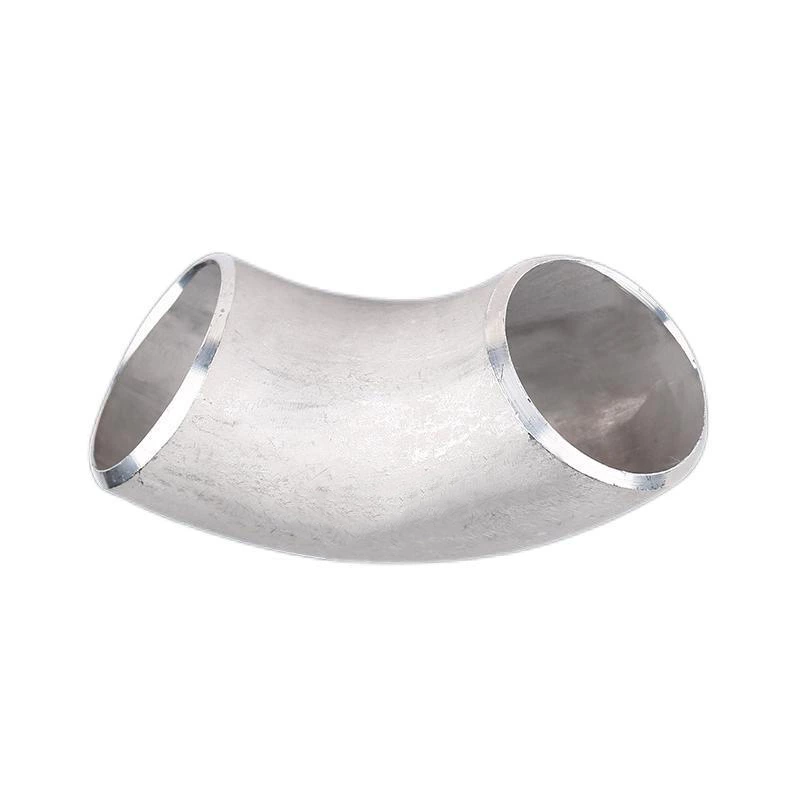Method For Identifying The Material Of Stainless Steel Thick-walled Stamping Pipe Fittings
Stainless Steel Weld Elbow is a major pipe fitting equipment in industrial production and life. When using and installing it, you should pay attention to some simple matters. Let's take a brief look at it below. Stainless steel elbows that are stored for a long time should be checked regularly. The exposed processing surface should be kept clean and cleaned of dirt. They should be neatly stored in a ventilated and dry place indoors. Stacking or outdoor storage is strictly prohibited.
Methods for distinguishing the material of stainless steel thick-walled stamping pipe fittings:
1. Magnetic test: Magnetic test is a simple method to distinguish annealed austenitic stainless steel from ferritic stainless steel. Austenitic stainless steel is non-magnetic steel, but it will have a slight magnetism after cold processing under large pressure; while pure chromium steel and low alloy steel are both strong magnetic steels.
2. Nitric acid point test: An obvious feature of stainless steel elbows is that they are inherently not afraid of corrosion by concentrated nitric acid and dilute nitric acid. This property makes it easy to distinguish from most other metals or alloys. However, high-carbon 420 and 440 steels are slightly corroded during nitric acid point tests, and non-ferrous metals will be corroded immediately when they encounter concentrated nitric acid. Dilute nitric acid is highly corrosive to carbon steel.
3. Sulfuric acid test: The sulfuric acid immersion test of stainless steel elbows can distinguish 302 and 304 from 316 and 317. The cut edges of the sample should be finely ground, then cleaned and passivated in nitric acid (specific gravity 1.42) with a volume concentration of 20~30% and a temperature of 60~66℃ for half an hour. The volume concentration of the sulfuric acid test solution is 10%, and it is heated to 71℃. When 302 and 304 steel are immersed in this hot solution, they are corroded and produce a large number of bubbles, and the sample turns black within a few minutes; while the samples of 316 and 317 steel are not corroded or react very slowly (no bubbles are produced), and the sample does not change color within 10~15 minutes. If a sample with a known composition is tested simultaneously for approximate comparison, the test can be made more accurate.
4. Copper sulfate point test: The copper sulfate point test is a simple method to quickly distinguish ordinary carbon steel from all types of stainless steel. The concentration of the copper sulfate solution used is 5~10%. Before conducting the point test, the test area should be free of grease or various impurities, and a small area should be polished with a soft grinding cloth, and then the copper sulfate solution should be dripped into the cleaned area with a dropper. Ordinary carbon steel or iron will form a layer of surface metal copper within a few seconds, while the surface of stainless steel will not produce copper precipitation or show the color of copper.
When the thick-walled stamped elbow is welded, it is repeatedly heated to precipitate carbides, which reduces the corrosion resistance and mechanical properties. Stainless steel elbows are available in titanium calcium type and low hydrogen type. Titanium calcium type can be used for AC and DC, but the penetration depth is shallow during AC welding, and it is easy to get red, so stainless steel elbows should use DC power as much as possible. In order to prevent the stainless steel elbow from inter-eye erosion due to heating, the welding current should not be too large, about 20% less than the carbon steel electrode, the arc should not be too long, the interlayer cooling is fast, and a narrow weld is preferred.
